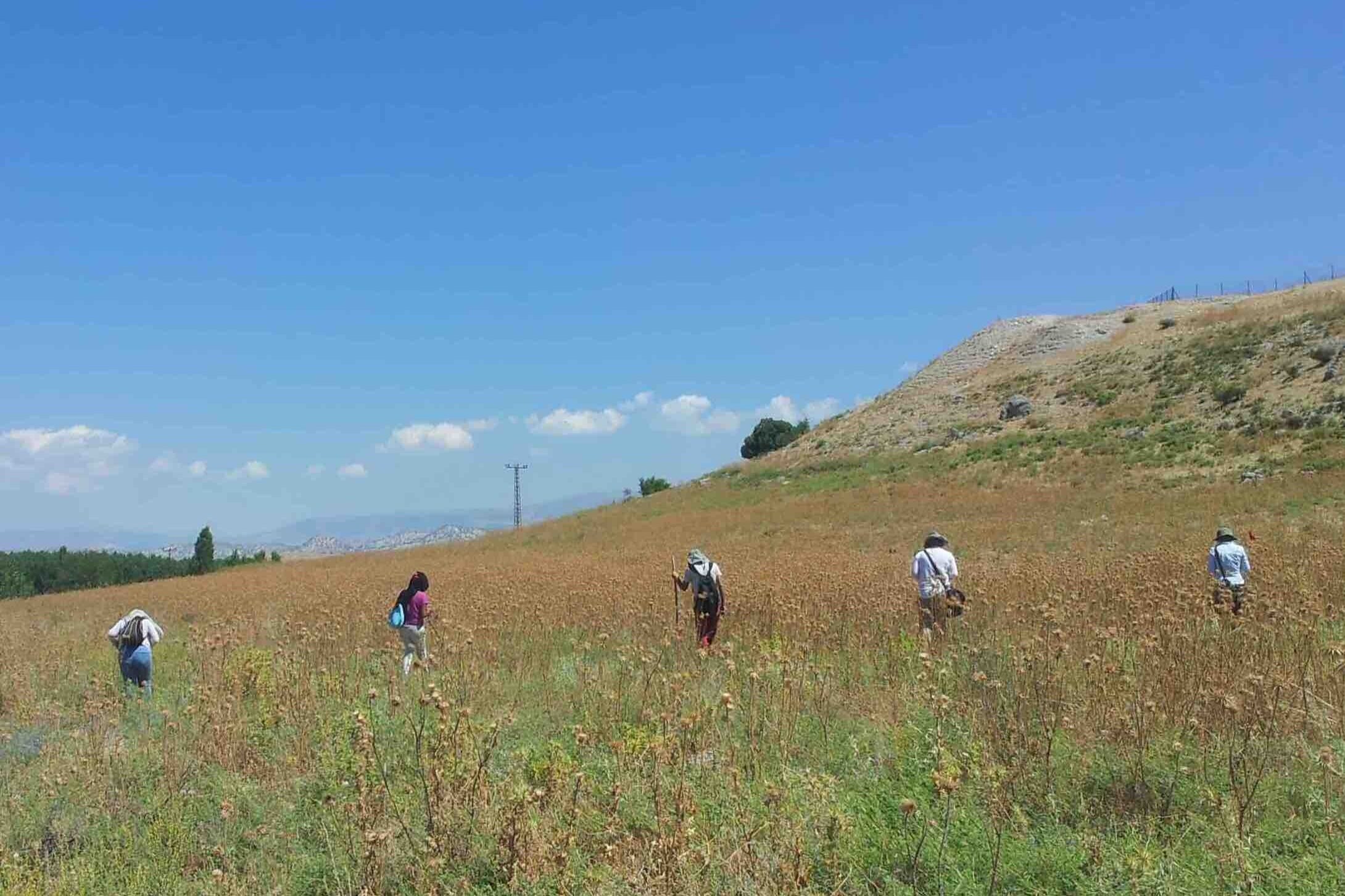Migration and the Making of the Ancient Greek World
By c.550 BCE, the ancient Greek world was a culturally integrated but geographically dispersed entity, comprising over a thousand autonomous communities scattered across the Mediterranean and the Black Sea. Migration was evidently crucial in its formation.
What was the nature and the scale of this migration? Who was moving, over why kinds of distances, and how often? The MIGMAG project combines archaeological and historical evidence to explore the human mobilities c.1200-550 BCE that led to the creation of the ancient Greek world as we know it.
This website is part of a project that has received funding from the European Research Council (ERC) under the European Union’s Horizon 2020 research and innovation programme (Grant agreement No. 865644).
The project runs 2020-2025, and is hosted by the University of Vienna (Austria).
Mobility and Migration
How do we conceptualise movement and mobility? People can move, not only in the form of long-distance migrations, but also on a regional and local scale. In this work package, we explore theories and models of migration.
Image: The Aegean Sea, seen from the western tip of the Bodrum peninsula. Photograph by Jana Mokrisova.
Archaeologies of Mobility
How can we identify the movement of people in the archaeological record as distinct from the movement of goods, ideas, and technologies? Archaeology has many methods for identifying long distance migration, but how can it identify regional and local mobilities?
Image: Archaeological survey team in the field, Cilicia (Turkey). Photograph taken by Tevfik Emre Şerifoğlu.
Myths of Migration
Stories about migration were told across the length and the breadth of the ancient Greek world. Some tell of wandering individuals, others of entire mobile populations. But what do these myths of migration actually tell us about real-life mobilities?
Image: Spouted krater, Subdipylon Group, Attika. Copyright: The Trustees of the British Museum.



